Genetic resources in conservation facilities - SDG Indicator 2.5.1
Definition: Indicator 2.5.1 is the number of plant and animal genetic resources for food and agriculture secured in either medium- or long-term conservation facilities.
This is measured here as the "number of accessions of plant and animal breeds that are stored in secure medium or long-term facilities".
Goal: "Maintain the genetic diversity of seeds, cultivated plants, and farmed and domesticated animals and their related wild species, including through soundly managed and diversified seed and plant banks at the national, regional, and international levels".
This target is set for the year 2020, unlike most SDGs which have a target date of 2030.
Local breeds at risk of extinction - SDG Indicator 2.5.2
Definition: Indicator 2.5.2 is the "proportion of local breeds classified as being at risk, not at risk, or at an unknown level of risk of extinction".
This measure is shown as the number of local breeds in a given country at risk of extinction.
Goal: "Maintain the genetic diversity of seeds, cultivated plants, and farmed and domesticated animals and their related wild species, including through soundly managed and diversified seed and plant banks at the national, regional, and international levels".
This target is set for the year 2020, unlike most SDGs which have a target date of 2030.
Target 2.A: Invest in rural infrastructure, agricultural research, technology and gene banks
UN definition: "Increase investment, including through enhanced international cooperation, in rural infrastructure, agricultural research and extension services, technology development, and plant and livestock gene banks in order to enhance agricultural productive capacity in developing countries, in particular, least developed countries."
Agriculture orientation index - SDG Indicator 2.A.1
Definition: Indicator 2.A.1 is the "agriculture orientation index for government expenditures".
The agriculture orientation index (AOI) is the agriculture share of government expenditures, divided by the agriculture share of GDP.
An AOI is larger than 1 means the agriculture section receives a higher share of government spending relative to its economic value.
An AOI smaller than 1 reflects a lower orientation to agriculture.
Goal: By 2030 "Increase investment, including through enhanced international cooperation, in rural infrastructure, agricultural research and extension services, technology development, and plant and livestock gene banks in order to enhance agricultural productive capacity in developing countries, in particular, least developed countries".
Official flows to agriculture - SDG Indicator 2.A.2
Definition: Indicator 2.A.2 is "total official flows (official development assistance plus other official flows) to the agriculture sector".
This is given as the total development assistance for agriculture received by a given country each year.
Goal: By 2030 "Increase investment, including through enhanced international cooperation, in rural infrastructure, agricultural research and extension services, technology development, and plant and livestock gene banks in order to enhance agricultural productive capacity in developing countries, in particular, least developed countries".
Target 2.B: Prevent agricultural trade restrictions, market distortions and export subsidies
UN definition: "Correct and prevent trade restrictions and distortions in world agricultural markets, including through the parallel elimination of all forms of agricultural export subsidies and all export measures with equivalent effect, in accordance with the mandate of the Doha Development Round."


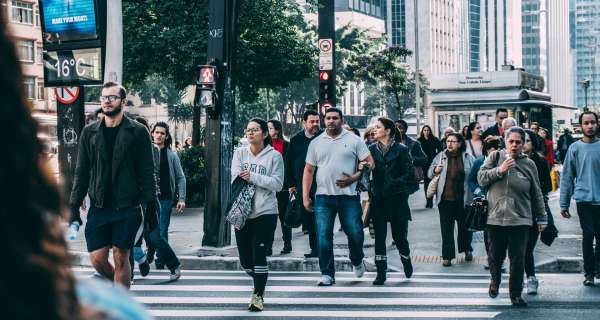




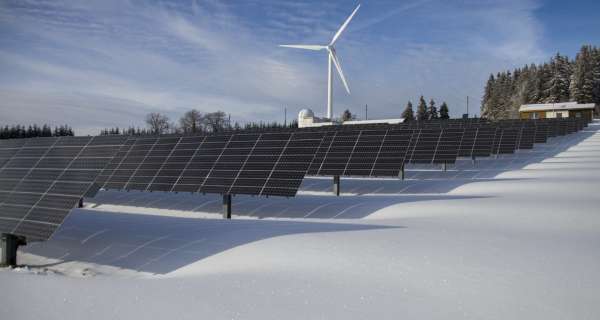








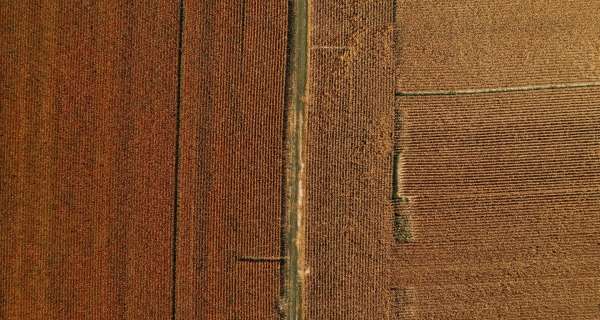

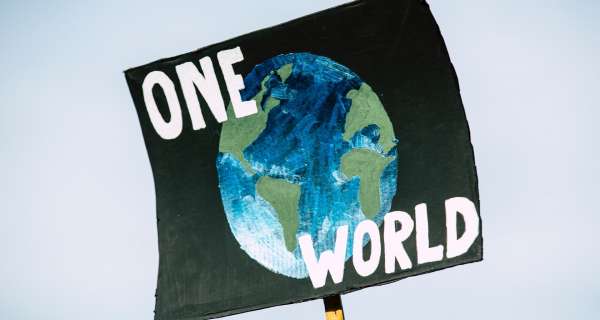

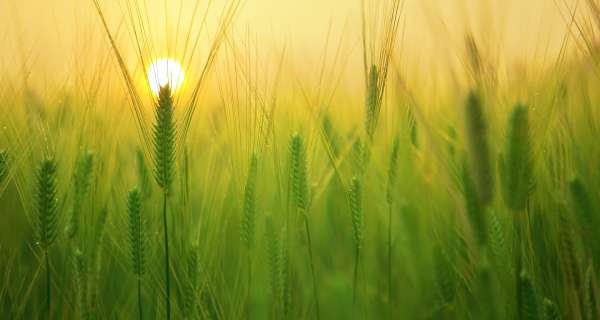
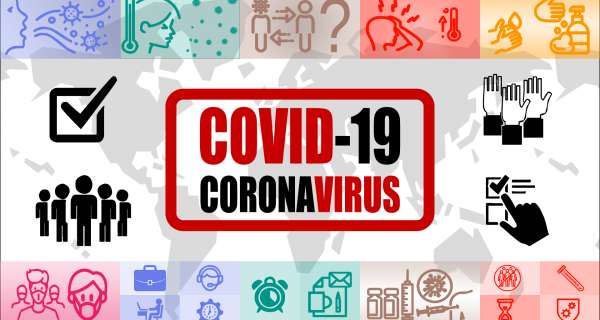


0 Comments